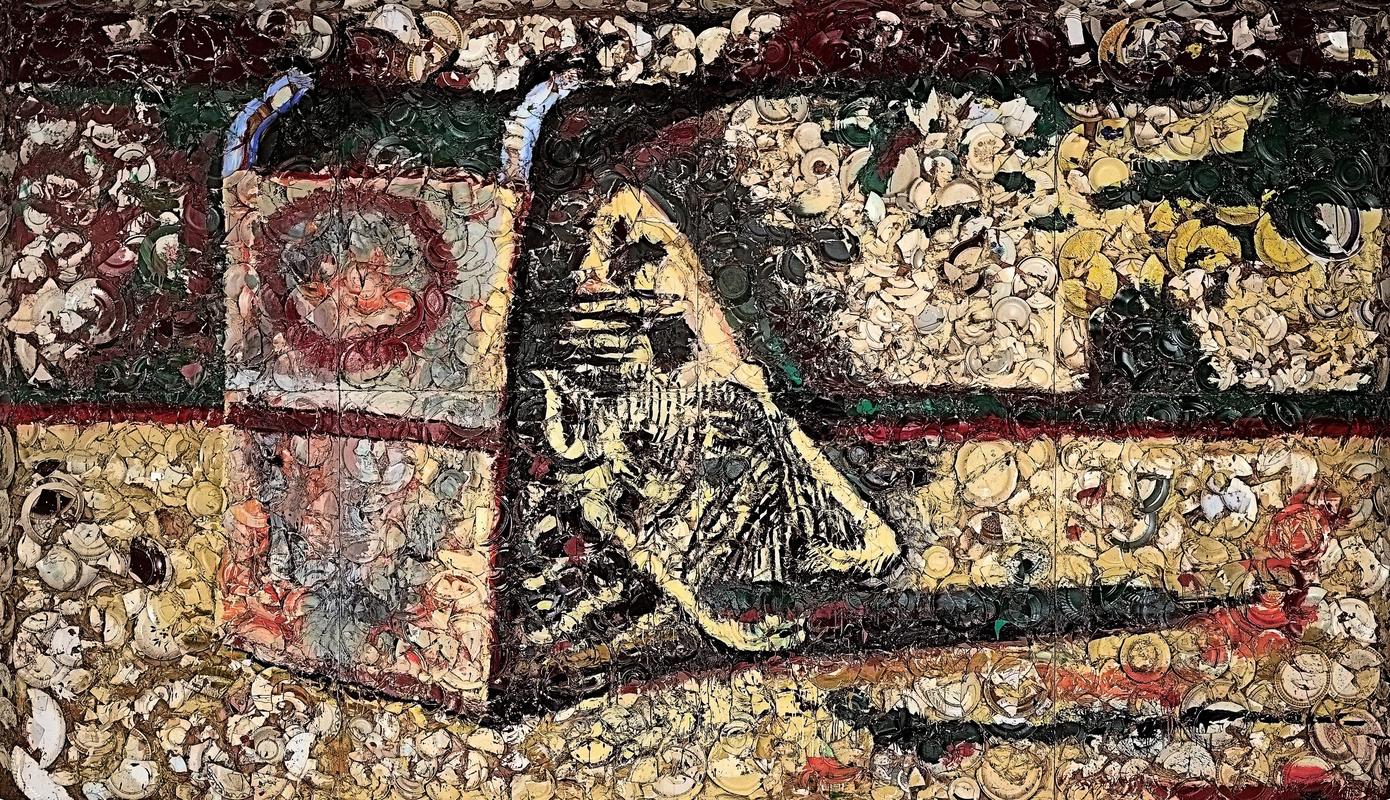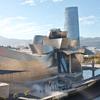More about Spain

Contributor
Spain by Julian Schnabel is a laceration station.
This is because it is made of broken plates that are glued to a canvas. You can see the threat this poses on any body part that may stray too close to the work. The paint that is layered on top of the broken dishes may dull the edges but still. It’s a hazard. Especially given the fact that there is so much surface area on which to cut yourself. This piece is almost 11 feet by 19 feet. It’s size just makes it that much more of a lawsuit waiting to happen.
Spain was inspired by Schnabel’s travels to, you guessed it, Spain. Schnabel was traveling through Barcelona, just minding his own business when he came across the architecture of Antonio Gaudi. He was immediately struck by the work and went home to New York to do something about it. Breaking plates and gluing them to a canvas in a sort of makeshift mosaic is what he did about it. Gaudi was not the only influence on Schnabel’s work, however. His sources were expansive, “including El Greco and cultural artifacts from Mexico. The earthy tones of red and ocher and the elongated black shadows that stretch across the canvas clearly evoke the Spanish landscape.” Clearly. The Guggenheim wrote that figures, like the decapitated head in the middle of this piece, “recall the work of Picasso.” This comparison of Schnabel to Picasso is a convenient one because Schnabel once declared, “I'm as close to Picasso as you're going to get in this f*cking life.” Yay, male domination!
These broken dish paintings made up Schnabel’s first solo exhibition in 1979 at Mary Boone Gallery in New York City. Schnabel continued in this vein for years to come, only straying to work with similarly bizarre materials such as velvet, tarp, and cardboard. But it was Mary Boone who made Schnabel what he is today. As soon as Schnabel rose to prominence in the art world, he thanked her by changing gallerists. It wasn’t a classy move, but it was a lucrative one. Pace Gallery guaranteed him a million dollars in annual sales. But when you’re the self-proclaimed “lion of the New York art world,” you can do what you want.
Sources
- DiTolla, Tracy. "Julian Schnabel Biography, Art, And Analysis Of Works." The Art Story. N.p., 2018. Web. 16 Apr. 2018.
- Hogrefe, Jeffrey. "Schnabel Makes The Switch." Washington Post. N.p., 1984. Web. 17 Apr. 2018.
- "Julian Schnabel » Plate Paintings 1981-1986." Julianschnabel.com. Web. 17 Apr. 2018.
- "Spain." Guggenheim. Web. 16 Apr. 2018.











